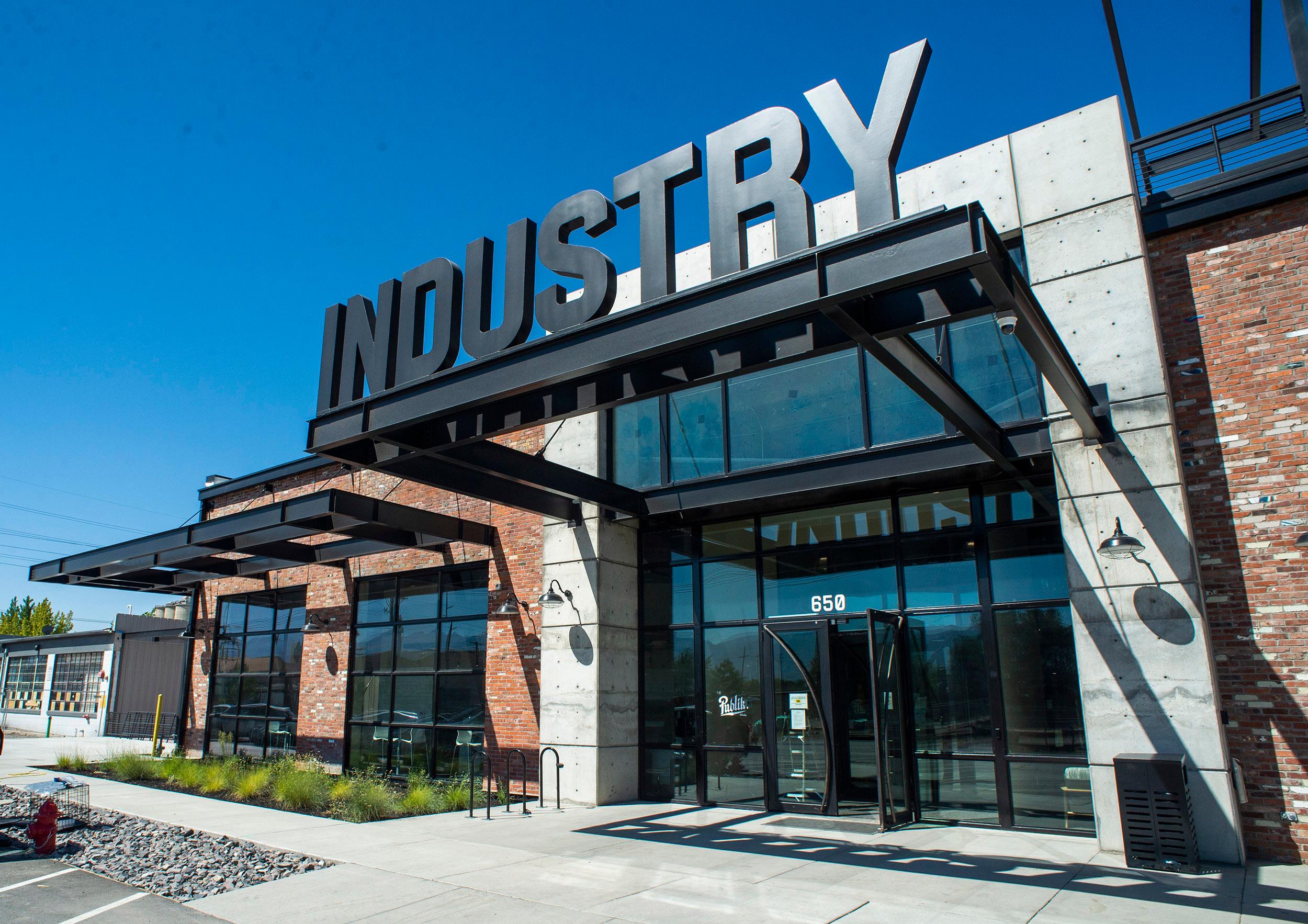Leader of construction industry training and mentoring best practices, Breslin Strategies Inc., recently released the results of its latest National Apprenticeship Talent Survey, revealing a collection of views, best practices and challenges faced by the construction industry.
This year, the survey was sent to more than 2,000 construction industry leaders in the union construction business across North America. According to Breslin Strategies, 200 (10%) leaders responded to the survey. Of those reporting, 65% were union leaders or apprenticeship training professionals, and the remainder were employees. In total, 93% of respondents were union-based from a variety of program sizes.

Survey Findings
In the latest edition of the National Apprenticeship Talent Survey, respondents were asked about the impact of the COVID-19 pandemic, remote intake and instruction, recruitment, leadership training, diversity and attrition.
With regards to the ongoing impacts of the COVID-19 pandemic, the survey found that apprenticeship programs seemed to have largely adjusted to the associated challenges; however, over the next 12 months, respondents anticipate intake being impacted to some degree by logistical difficulties.
“We have seen a huge increase in a decline in mental health due to COVID and isolation. Folks are having a tough time navigating this new time and remaining positive,” the report said.
As a result of these expected hurdles, the majority of respondents from all business sizes reported that they were planning to increase intake efforts or at least keep their current intake level consistent. With these goals in mind, the survey reported that remote intake and instruction are also expanding and evolving more quickly as more programs begin to experiment with virtual administration.
“On intake, that date indicates that the majority of programs have online information sessions as an option or use online delivery only. Most significant, many programs are supporting online testing and approximately a third of respondents reports the use of online/virtual interviewing as well as trustee decision making,” read the analysis.
“This is a critical time in the evolution of remote intake and instruction. Programs will be learning from each other about their early efforts and making adjustments. Their success will dictate whether remote intake and instruction become mainstream or are largely sidelines once the pandemic passes.”
The survey also asked participants about recruiting, which, according to respondents, are still witnessing challenges. According to the report, nearly 60% of respondents are accepting applications daily. The most common form of recruitment are through job fairs and apprenticeship program websites, both reporting between 80-90%. While an analysis of the findings say that those using social media for recruiting will be best positioned to succeed, only a little over 50% of respondents reportedly use Facebook, a little over 20% use Instagram, nearly 20% are using LinkedIn, about 15% use Twitter and roughly 5% use TikTok.
“Based on the most common obstacles identified, the top priority is to make potential applicants aware of the opportunities available and to present apprenticeship favorably against other career paths,” read the report. “High schools and parents continue to be ranked highest on obstacles as the trades do not fit their vision of a successful career path direction.”
While not noted to be a solution to that problem, the survey covered that apprenticeship programs across the industry have begun placing a strong emphasis on leadership training. According to the survey findings, a large majority reported that their programs offered leadership training, and over half noted that union leaders, contractors/employees and foremen were used as presenters or guests for the program.
Another effort that trade industries are making is improving diversity and representation in apprentice selection. The practice is not only widely accepted, but it is believed it will help address talent shortages in a workforce that is currently over 90% white males.
In a final topic, the survey asked participants about attrition. According to the report, a typical program with 100 apprentices loses $157,588 annually due to dropouts or exclusions.
“It seems to be the small responsibilities some struggle with such as work reports, attendance, [homework]. I would say 10% of our apprentices cannot figure these simple things out,” wrote the report.
Based on the data collected, the survey suggests that programs balance their recruiting and selection efforts to ensure that they get apprentices who truly value the opportunity and have the emotional makeup to succeed on the recruiting side.
This analysis was completed by Jason Weiss, Ph.D., VP Design & Delivery Apprentice Performance Solutions at Breslin Strategies Inc. A full copy of the report can be downloaded here.
Be sure to check out the summer issue of Commercial Painting, where the CPIA talks in-depth with Weiss about the National Apprenticeship Talent Survey.




